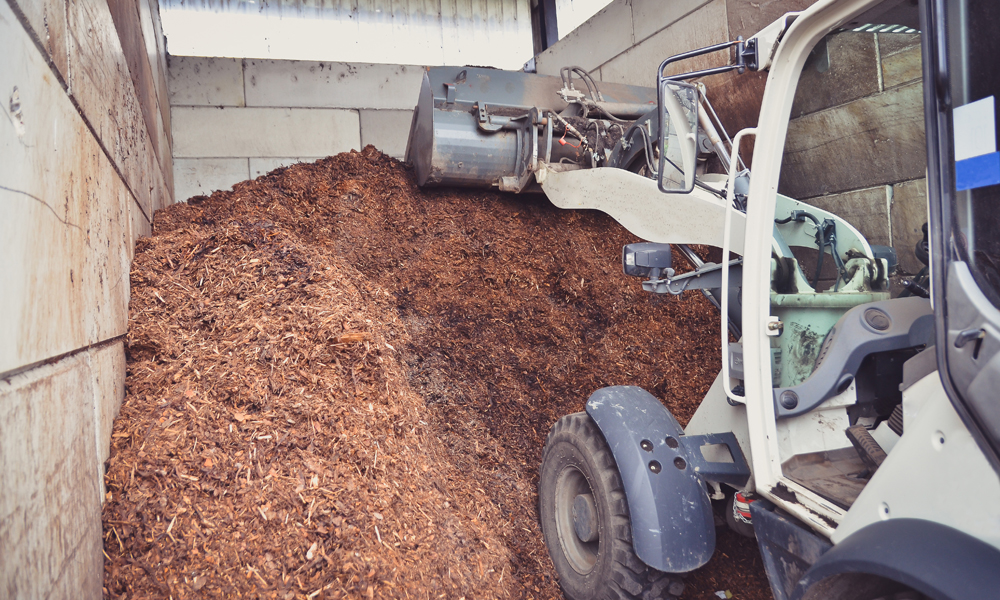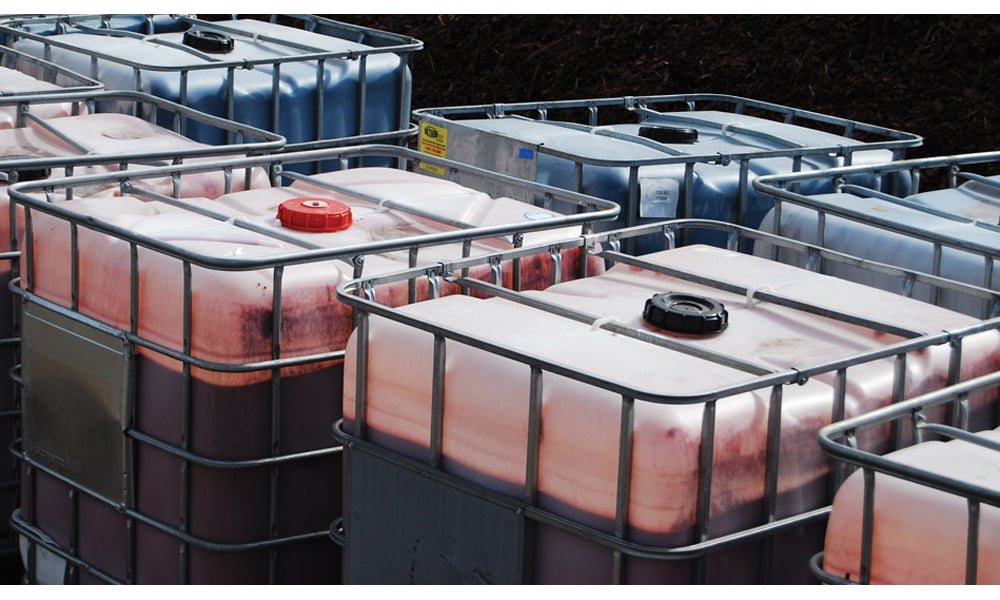
Lack of education leads to misinformation
Around the country, there have been several recent reports of fires in landscaped mulch beds. These fires are not uncommon and are often started by discarded cigarettes and other man-made ignition sources. But after a few recent incidents in which fire officials were unable to determine an exact cause, officials suggested they may have been caused by the mulch spontaneously combusting. This is simply not possible.
Yes, it is entirely possible for large bulk piles of mulch to spontaneously combust as the material breaks down and creates heat. But these fires only occur in large piles and typically start deep inside the pile where the heat is concentrated. When mulch is landscaped into a 2-inch or 3-inch bed, it simply doesn’t present the right conditions for spontaneous combustion to occur.
Still, in response to recent reports, some communities around the country are starting to adopt regulations about how and where mulch can be used. In some cases, legislators are looking to ban mulch from being put down too close to buildings because of fire concerns. While their hearts are in the right place, these types of regulations are nevertheless misguided and could dramatically impact mulch producers and landscapers. If you’re concerned about maintaining freedom in the marketplace, consider reaching out to educate customers and local authorities about spontaneous combustion and the benefits mulch can provide.
Mulch fire safety tips
As stated above, it is possible for mulch in bulk piles to catch fire without an outside ignition source, particularly if the material has been stored for a long period of time. So, it’s important you take steps to ensure that your employees and your supply stay safe. As with most things, prevention is the best medicine. Here are some tips for producers on how to avoid mulch fires:
- Monitor the internal temperature of your piles using a temperature gun or thermometer
- If the temperature exceeds 155-185 degrees, mark it and monitor for any change
- Install new systems that can automatically monitor piles and alert you to high temperatures
- Store your mulch in windrows rather than bulk piles
- Store your mulch in an unfinished state (demo grind, bulk form, etc.)
- Make sure you have a fire plan in place and employees are educated and trained on how to respond
If prevention efforts fail and a small fire does break out on your mulch yard, there is a simple way to put it out. Break the pile down and lay the material out flat to reduce the heat. Make sure you get all of the affected mulch out of the pile and give it time to fully extinguish or the fire could start back up again, even after a few days.
If you are unable to get a fire under control, you’ll need to call your local fire department to come put it out. But because these types of fires are so infrequent, not every department is as prepared as they should be. Talk to your local fire officials to see if they’ve trained on how to tackle a mulch pile fire. Share what you know and consider offering officials a tour of your mulch yard so they are more familiar should the worst occur. By taking some simple steps now, you can keep your supply, employees and neighbors safe from fire.
For premium mulch colorant and coloring equipment, contact ChromaScape or request a sample today.


